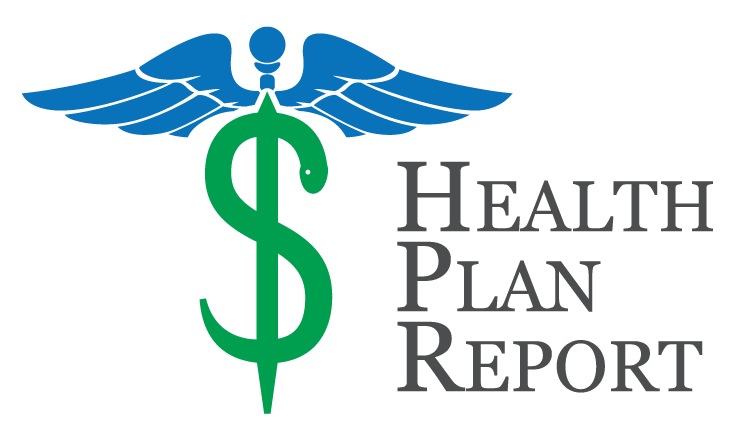Free Download: Health Insurance Plan Comparison ToolDownload and customize our spreadsheet to compare health insurance plans based on your expected medical costs. Compare up to 10 plans. |
How do I compare health insurance plans? Choosing the right health insurance plan is hard. Should I get the high premium plan ‘just to be safe’, or the high deductible plan to save money?
The free spreadsheet we developed answers that question better than any other calculator we’ve seen.
Start comparing health insurance plans:
Download the spreadsheet and plug in all the relevant premium, deductible and co-insurance info. For any amount of medical costs incurred, you’ll see what your out-of-pocket expenses are. Our calculator can do this, but if this is all you want, this one does it better: http://health-plan-compare.com.
Take the comparison one step further:
In the bottom area of the spreadsheet, plug in the odds of you incurring different medical expense amounts (we’ll help you figure this out). Now we’ll help you get a more precise estimate of what your real expected out-of-pocket will be.
How to compare health insurance plans, in detail:
- Plan name: At the top of the spreadsheet, enter the names of the plans you’re comparing.
- Monthly premium: Get the monthly premium amounts from companies in your area. For all the people you want covered, you’ll be asked their age, location and tobacco usage.
- Deductible: If this is just for you, enter the policyholder deductible. If its for you and your spouse/family, they should list the amount for that – enter it here.
- Co-insurance: this is sometimes called different things by different companies. Its the percentage of expenses you pay once your deductible has been satisfied for the year. Typically, you pay co-insurance of between 0%-40%, but it could be as high as 60% depending on the plan.
- Co-insurance Max: this is sometimes called ‘out-of-pocket maximum’, or the maximum amount you will have to pay for expenses covered by the plan. Any additional costs for covered services beyond this amount are paid at 100% by the insurance company.
- Annual Med Expense: nothing for you to enter here – we put in some sample amounts you might incur during a one-year period.
- Percent chance: This is where you estimate the odds of incurring various amounts of medical expenses for the year. Here’s how do to that:
- The easiest way is to add up all of your allowable expenses from the previous 12 months. Add up what insurance allowed for doctor’s visits, prescription drugs, physical therapies, lab work, surgeries, hospital stays, etc.
- Once you have that, think about how likely it is that you’ll incur the same amount this year. If your total was, say, $5,000, and you think this year will be similar to last year, then enter a high percentage number next to $5000, but not 100%. This is because there is a small chance any of us could get hit by a truck or require a huge amount of medical attention unexpectedly. Generally 5% should cover this. Also, allow some room on either side of your last years’ number, say 10% on either side. This would give you 75% at $5,000, 10% at $3,000, 10% at $7,500 and 5% at $100,000.
Compare health insurance plans and pick the winner!
Now you have a good idea what your expected out-of-pocket expense (including premium) will be for the coming year for each plan under consideration, and you can choose accordingly.
But what about the co-pay I have to pay at the doctor? What about labs? What about (other stuff)? Does this really include everything? No, no it does not. Why not? Because questions about premium, deductible and expected expense are by far more important given our current insurance plan structures.
If you have questions/comments about our health insurance plan comparison tool, please let us know!

